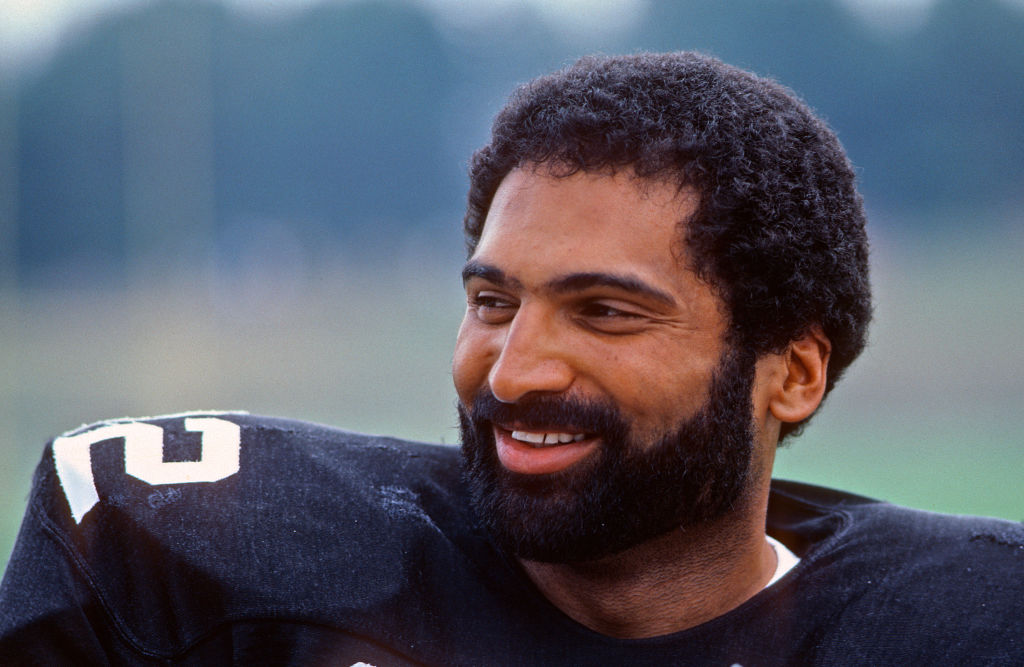Undoubtedly, Franco Harris’ “Immaculate Reception” marked a pivotal moment in Pittsburgh Steelers history – yet its true importance lay much deeper: It transformed an entire city.
At 72, Pittsburgh running back Tony Hill died Wednesday evening – two days before celebrating 50 years since the play which launched them onto NFL prominence.
The Immaculate Reception
The Immaculate Reception is one of the most acclaimed plays in NFL history. It took place on November 5, 1972 and was attributed to Steelers running back Franco Harris.
Steelers quarterback Terry Bradshaw threw the ball to Harris, which deflected off Raiders defensive back Jack Tatum before landing safely into his hands. Harris caught it and brought it home safely.
Due to this catch, the Raiders won 7-6 and many consider the catch legal under current rules of play.
Even after being widely criticized, Harris’ play has been honored at Three Rivers Stadium and elsewhere with a monument commemorating where she landed, so fans can put their feet there as a lasting reminder.
Franco Harris net worth caught that game’s football at the Western Pennsylvania Sports Museum as part of their exhibit called, ‘Franco Harris and the Immaculate Reception: 50 Years Later.”
The Big Catch
Franco Harris made one of the greatest catches in NFL history with his “Immaculate Reception.” By making an impossible catch and sprinting 40 yards to the end zone, this play sealed Pittsburgh’s first playoff victory ever over Oakland and launched their long reign of dominance.
But some mysteries still surround that iconic play, including whether the ball hit Raiders safety Jack Tatum or Steelers running back Frenchy Fuqua before Harris picked it up inches off of the ground.
However, it remains unknown whether Harris picked up the ball before it grazed the ground before being scooped up by him, which would have invalidated his catch and started the ongoing debate in sports about whether the play was legal or not.
The Rookie of the Year
Born March 7, 1950 in Fort Dix, New Jersey, Harris was a top high school and college football performer at Penn State. Drafted 13th overall by the Pittsburgh Steelers for their 1972 draft.
“He made an immediate impact upon entering the NFL, setting a team-rookie record with 1,055 yards rushing and 10 touchdowns during his rookie campaign and being honored as The Associated Press Offensive Rookie of the Year,” as per NFL.com.
His presence was felt throughout the Steelers franchise, leading them to four Super Bowl victories and winning one MVP award in each game. Additionally, he was selected nine times as Pro Bowler and first team NFL All-Pro for 1977.
He was one of the greatest running backs ever, second only to Jim Brown for career rushing yards and third in touchdowns rushed. Additionally, he was an outstanding community leader.
The Hall of Fame
The Hall of Fame is an institution which honors footballers who have achieved success on the field. While induction criteria do not strictly discriminate according to position, players typically chosen are those deemed best at their respective positions as well as having been influential both on and off the field.
Harris made an unforgettable impactful impactful impactful impactful impact as a running back for the Pittsburgh Steelers during his nine consecutive Pro Bowl appearances, winning Rookie of the Year honors, and helping shape a four-Super Bowl win dynasty during the 1970s.
After graduating from Rancocas Valley Regional High School and Penn State University, he was selected by the Pittsburgh Steelers in 1972 and made history during his rookie season, rushing for 1,055 yards while helping lead them into playoff contention for the first time ever. With one last-second touchdown catch known as “The Immaculate Reception”, he left an unforgettable mark on football history that still resonates today.
